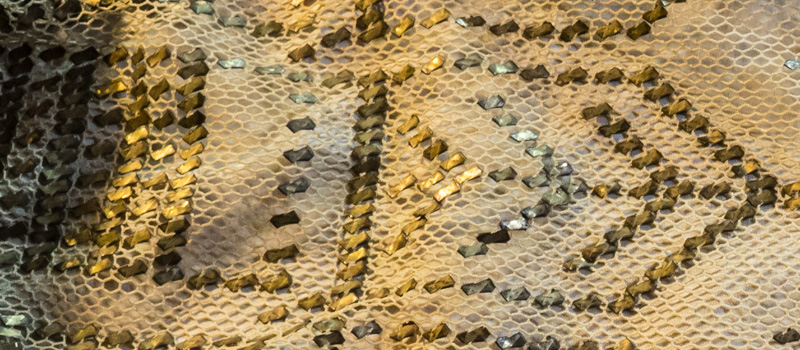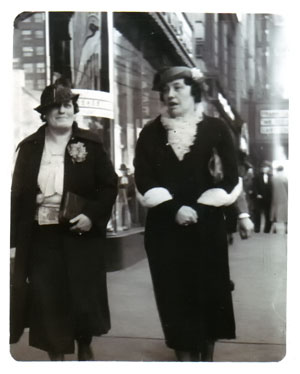Asyut Embroidery
10.29.2013 My collectibles show-and-tell is usually some treasure that Jim acquired, but this one is my own family heirloom. My mom must have given me what I thought of as a "piano shawl" back in the early 1980s. It was Kitty Mom's -- that's all I knew. Bits of metal flattened around netting (see detail below). Despite some tears around the edges, it has been draped across one piece of furniture or another ever since. If it weren't for the tears making it feel delicate, I might have worn it -- it's heavy and sensuous.
With my recent interest in textiles, I noticed it again (draped across the low lateral file cabinets in my "morning room"). Now that Google has abolished excuses for ignorance, I went searching.

A couple stabs at search phrases and the mystery was solved. It is asyut embroidery from Egypt, aka tulle-bi-telle (translated "net with metal"). Here is a portion of the entry at The Embroiderer's Guild:
CHARACTERISTICS
Thin, flat strips of metal are worked into hexagonal mesh fabric known as tulle (hence the arabic term "tulle-bi-telli"). The tulle is fine strong cotton.
Thin metal strips of either nickel silver, or copper or brass plated with some mixture of silver- about 1/8th" wide - are threaded into a wide, flat needle with a wide, flat eye. The strips are threaded into the mesh, crossed over, flattened crisply with the fingernails, cut, then flattened into a sort of packet stamped into/onto the fabric. Each bit is about 1/8" x 1/4" long and these oblong dots are worked into designs both geometric and figural. When finished, a huge roller is passed over the textile to flatten the metal down even more.
HISTORY
Metal embroidery in Egypt dates back to 3000BC. The fibres, made of flax were decorated with precious metals, often gold. The motifs and designs are influenced by early Coptics. This fabric was almost certainly the transparent material which is worn by characters in tomb paintings. It is even mentioned in the Bible in Exodus 29: “and they did beat the gold into thin plates and cut it into wires, to work it in the blue, and in the purple, and in the scarlet, and in the very fine linen, with cunning work.”
Traditionally worn by Egyptian women in various ways, and highly favoured by dancers. Today Egyptian dancers wear both loose cut and form-fitting beledi dresses to convey the ultimate Egyptian expression of dance costuming.
These shawls were popular with European tourists in the 1920s when the discovery of Tutankhamen’s tomb ignited an interest for Egyptian goods. They lent themselves well to the exotic glamour of the roaring twenties and thirties and were often made into garments. [by Valerie Cavill, 2008]
 Ah, now my raggedy heirloom has cachet! In the Roaring Twenties, Kitty Mom was in her thirties, a prosperous woman-about-the-town. I wonder if Kitty Mom did wear it as a scarf, along with the hats and furs she loved.
Ah, now my raggedy heirloom has cachet! In the Roaring Twenties, Kitty Mom was in her thirties, a prosperous woman-about-the-town. I wonder if Kitty Mom did wear it as a scarf, along with the hats and furs she loved.
Now I'm wondering if the tears can be stabilized by some fine handiwork. And maybe (after 30 years of display) it could use a delicate wash. I'd love to wear it.

